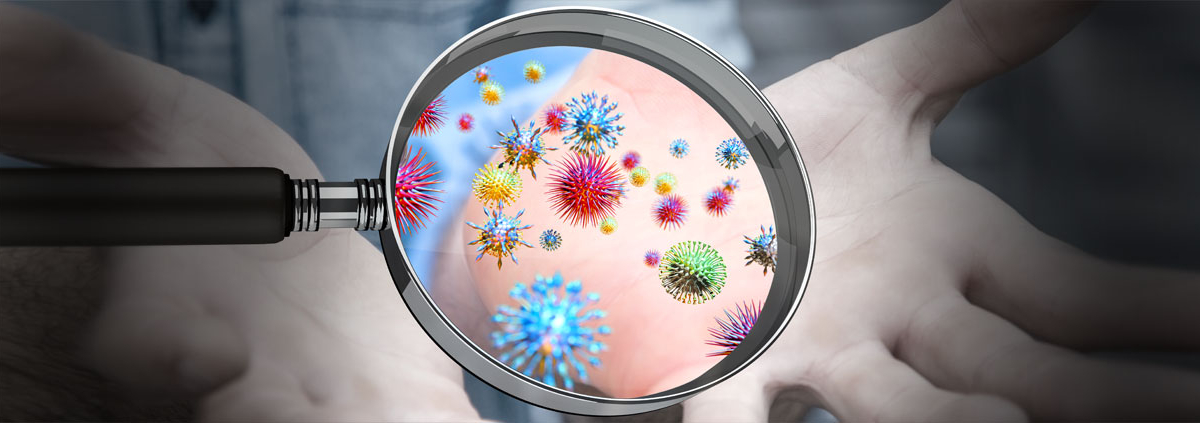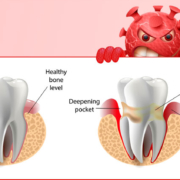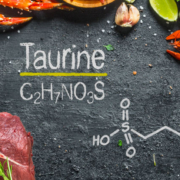The Skin Microbes: What They Eat
When we talk about the microbiome of the digestive system, it’s well-known what they eat: sugar. That’s also mostly true for the skin’s microbiome, although those microbes eat other substances as well. In today’s Memo, we’ll cover the types of bacteria and where they’re located. Then we’ll look at their diet.
The Microbes of the Skin
It may come as no surprise that the type of bacteria and other microbe depends on the location. That makes sense: what may grow well in moist areas may not grow well in dry areas.
The sebaceous sites on the head and torso are dominated by species of bacteria that like fatty environments. Remember that sebum is primarily a type of fat, so the type of bacteria that will grow in that area has to be able to thrive in that environment. The Propionibacterium species dominates in the oil glands.
The moist and humid sites contain bacteria such as Staphylococcus and Corynebacterium species. They thrive in the bends of the elbow and the feet, as well as other locations.
Bacteria are not the only important microbes in our microbiome; there are plenty of fungi as well, and I know how gross that may seem to some readers, but try to think about how much you like mushrooms. They’re there to do a job: protect us. The genus Malassezia are found at core body and arm sites. The feet are more diverse in fungi species: Malassezia, Aspergillus, Cryptococcus, Rhodotorula, Epicoccum species as well as others. Here’s something that may comfort some of you: bacteria were the most abundant and fungi were the least abundant.
What about viruses? They seem to be specific to the individual without any single virus dominating. Based on the longitudinal studies of the skin microbiome, they remain largely stable for as long as two years, the length of the longest studies. Pretty amazing considering how the seasons change in places like here in Michigan.
What the Skin Microbes Eat
The skin provides a cool and acidic environment for its residents. The primary nutrients are protein and fats. The microbes have adapted to what’s available in the sebaceous glands, the sweat, and the dead skin cells of the stratum corneum.
For example, the anaerobe P. acnes can survive and thrive by using protein enzymes to break down the amino acids found in the dead skin cells of the corneum stratum. Not only that, they have lipases to breakdown the triglycerides in sebum to use fat as a fuel as well as provide the means for the bacteria to adhere to the skin.
The lipids that can be liberated from the oily sebum and the stratum corneum are also used by the fungi for lipids as they cannot manufacture their own lipids. The Staphylococcus spp. have developed several strategies to survive the dry areas of the body. They’re tolerant of the high salt content of the skin and can use the nitrogen group from urea as a nitrogen source. They also produce chemicals that can break down the stratum corneum to extract nutrients from there as well.
As the researchers who wrote the review paper said, “the skin harbors a heterogeneous community of microorganisms that each have distinct adaptations to survive on the skin.”
The Bottom Line
As you can tell from this week’s memos, the skin microbiome is not just a few bacteria that decided to take up residence and are along for the ride; they have adapted to their environment to survive. How are they impacted by the water we bathe in, the soap we use, and the chemicals we use to look and smell better? That’s what I’ll write about next week.
What are you prepared to do today?
Dr. Chet
Reference: Nature Reviews doi:10.1038/nrmicro.2017.157

 SkinMicrobiome
SkinMicrobiome






